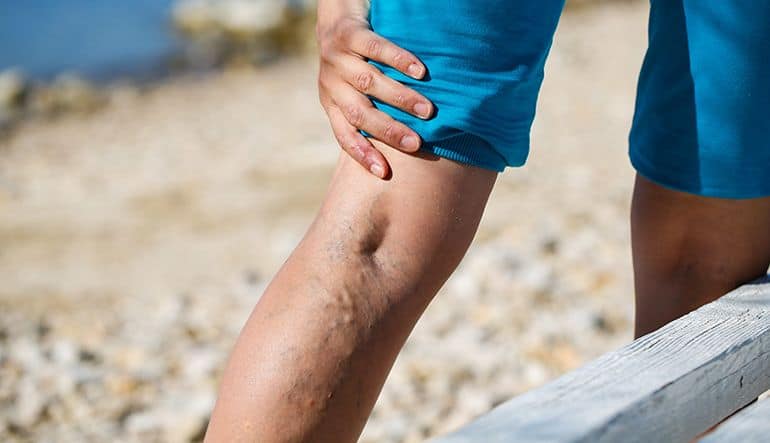Blog Information
- Posted By : Noah Spode
- Posted On : Mar 25, 2021
- Views : 471
- Category : General
- Description : Varicose veins are swollen, raised veins, develop when veins valves are damaged and overfilled with blood.
Overview
Varicose veins are swollen, raised veins, develop when veins valves are damaged and overfilled with blood. Typically, they develop beneath the surface of the skin of the leg or face.
Spider veins are tiny red blue veins forming the structure of a spider web inside the layer of skin.
Reticular veins are smaller fine blue veins developed under the skin. These veins are smaller than varicose veins but bigger than spider veins.
If you experience any one of these types of veins leading to irritation, you should walk-in a vein treatment center.
Why do varicose veins develop?

Normally, the leg veins’ function is to carry blood back to the heart. When you walk, the calf muscle acts as a pumping machine, squeezing the leg veins and blood back towards the heart. Being a one-way, vein valves prevent blood to flow in the wrong direction. If the valves are damaged due to some reason, they obstruct the blood circulation and blood starts pooling them leading to varicose veins. This condition is termed reflux. Reflux makes veins larger and stretched, converting into Varicose veins. A vein doctor can examine thoroughly to determine the seriousness of the problem.
What are the risk factors of varicose veins?
- People who have a family history of varicose veins are likely to have this problem too.
- This problem is very common in women due to the presence of hormones Estrogen, and progesterone.
- If you are overweight, your weight puts extra pressure on leg veins resulting in damaged vein valves.
- If your work involves prolonged standing or sitting, you are likely to have varicose veins.
What is the best varicose vein treatment near me?
There are multiple ways to treat varicose veins depending on the indications and conditions of the diseased veins:
- Compression stockings:
Compression stockings help the vein in improving blood circulation and help flow blood back to the heart. However, this technique won’t eliminate varicose veins permanently but it helps reduce chances of becoming varicose veins more worsen.
- Sclerotherapy:
This technique is beneficial for all types of venous insufficiency such as varicose veins, spider veins, and reticular veins. During the procedure, a vein specialist injects sclerosant solution into diseased veins. This solution irritates the inner line of the vein and seals them shut. The procedure is performed fastly without using anesthesia.
- Surgical Stripping:

Previously, surgical stripping was considered the best treatment to eliminate diseased veins.
It is a surgical procedure performed under general or local anesthesia to assist in the treatment of varicose veins. In this procedure, the vein is pulled out from under the skin making small incisions.
- Microphlebectomy:
The procedure includes many tiny incisions of one mm in order to remove the affected veins in segments. These incisions heal well with little discomfort. Microphlebectomy can be performed alone or in combination with another procedure of vein treatment.
- Endovenous Laser Therapy:
In this procedure, the vein specialist inserts a very thin catheter into affected veins through a tiny needle puncture in the leg under local anesthesia. The laser rays deliver heat directly to the inner lining of the vein and close them off. The procedure is conducted at the vein center and takes about one hour to get completed.
The following treatments will let you get rid of the vein disease easily.
Article source: https://varicoseveinlasersurgery.blogspot.com/2021/03/how-does-vein-specialist-fix-varicose.html
